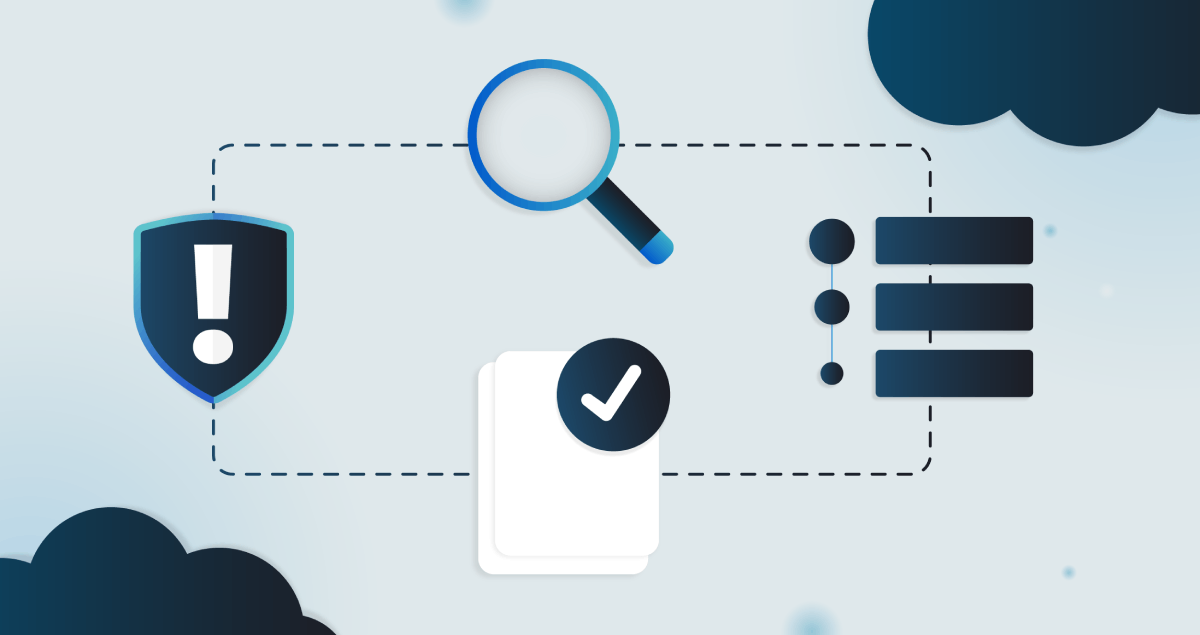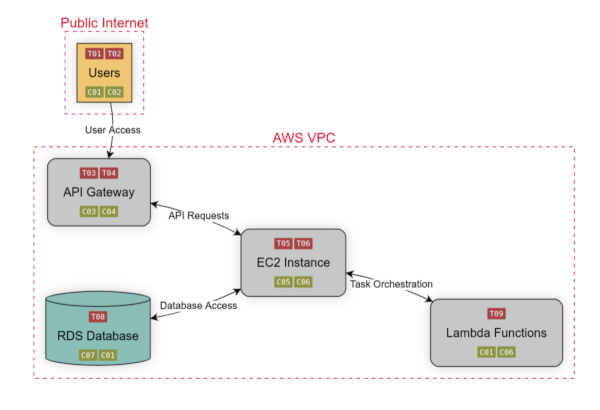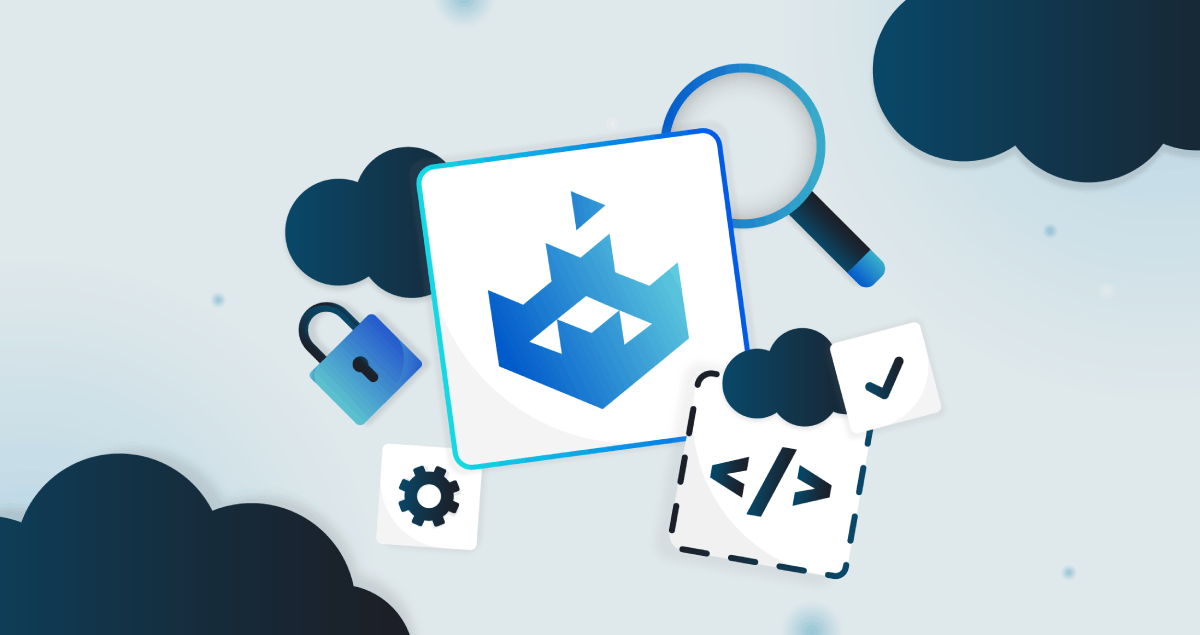At the rate AI is expanding, it’s no wonder development and security teams may feel overwhelmed. An IBM study from earlier this year shows that 13% of organizations have already reported breaches of AI models or applications.
As developers increasingly integrate large language models (LLMs) and autonomous agents into their products, they need to understand the associated risks. The same applies to AI coding assistants, which bring their own security considerations.

What is AI Application Security?
AI application security focuses on protecting applications that use or interact with AI systems, including agentic AI systems that make independent decisions or perform automated tasks.
Teams need to learn how AI behaves and learns, as well as how attackers might exploit that process. Risks such as insecure output handling, prompt injection, sensitive data exposure, and misinformation can expose sensitive data or distort model output.
In other words, AI application security ensures that both the application and the AI model it relies on are protected throughout their lifecycle.
It’s also good to note that AI is non-deterministic, in that if you give a generative model the same input twice, you might get two completely different outputs. Some models even keep learning after deployment, adapting based on feedback or new data.
How AI is Changing Application Security
AI is changing how we write and deploy code, which in turn affects how we should approach security. Traditional testing can’t always detect risks caused by model behavior and biased data.
An example is an LLM-powered chatbot that could unintentionally share sensitive information through a conversation, even if the rest of the application is built securely. In the same way, an AI coding assistant could generate code based on examples that contain hidden vulnerabilities.
While AI speeds up development cycles, which is great for productivity, it also means vulnerabilities can appear and spread faster than before. Security needs to keep up with the times, ideally becoming part of the AI development process early.
Bridging Traditional AppSec and AI Security
There’s no doubt that traditional AppSec is still essential for AI security, practices like secure coding, code reviews, static and dynamic analysis, and scanning for dependencies. Relying solely on them, however, is not enough, as traditional security tools often can’t detect vulnerabilities in AI and machine learning environments. They were created to find flaws in deterministic __software systems, where the logic and data flow are predictable.
These solutions need to be adapted to secure the AI model, training data, and the APIs that interact with it.
For instance, static analysis tools can report insecure code in the application layer, but they can’t say if the model reveals sensitive information in its responses. Then there’s fuzz testing, which might show unsafe API inputs, yet AI-specific threat modeling is necessary to predict how a model could be manipulated through crafted prompts.
It could be said that traditional AppSec protects how software executes, whereas AI security also protects how it thinks. Threat modeling should include code paths, data flows, model logic, and the potential for emergent behaviors.
Combining both perspectives helps developers identify vulnerabilities earlier, whether they come from insecure code, weak configurations, or the AI model itself.
AI Application Security Vulnerabilities
The introduction of AI has created entirely new categories of threats and security challenges that extend far beyond the typical vulnerabilities developers are used to seeing. Some of these are included in the OWASP Top 10 for LLM Applications, which shows the most critical security vulnerabilities to watch for in an expanded attack surface.
A few examples of AI risks include:
-
Prompt injection: Malicious inputs can manipulate an LLM into revealing confidential information or performing unintended actions.
-
Sensitive data exposure: Models may unintentionally reveal API keys, credentials, or private information from training data or logs.
-
Insecure output handling: Applications that automatically act on model responses can be tricked into running unsafe commands or producing insecure code.
-
Over-permissioned agents: AI agents with broad system or API access might perform actions beyond their intended scope, leading to privilege abuse.
-
Insecure integrations: Poorly secured connections between LLMs, plugins, or third-party APIs can expose the system to potential attacks.
AI at Work in Security
AI is introducing new tools and solutions that can help teams find vulnerabilities, predict attacks, and respond more quickly. However, they’re not perfect, because subtle, context-specific issues can get through.
In fact, reports have shown that some AI applications, such as ChatGPT and Microsoft Copilot, are a major vector for data loss, making human oversight necessary. As can be seen, for development teams, secure coding best practices and an understanding of AI-specific threats are essential.
Real-Life AI-Powered Attacks
It’s no surprise that attackers are already using AI to automate their attacks. Just recently, Anthropic’s Claude AI was exploited in a $500K cybercrime scheme, and Google reported hackers abusing Gemini AI in their attacks.
A recent MIT Sloan study found that 80% of ransomware attacks they examined involved AI, from deepfake phishing to AI-generated social engineering campaigns.
Attackers are going to continue to adopt AI to enhance and automate their tactics, so developers and security teams should prioritize AI application security.
Typical AI Coding Mistakes to Avoid
It doesn’t matter how experienced developers are; they can still introduce vulnerabilities when building AI applications. Many of these mistakes reflect traditional AppSec issues, just in new forms.
Some of these include:
-
Leaving API keys or tokens in code: Storing credentials directly in source files or configs makes them vulnerable targets if the repository is exposed.
-
Handling model output safely: Model responses can sometimes include sensitive, malicious, or unexpected content, so always sanitize or validate outputs before displaying them to users or passing them to other systems.
-
Relying on unverified pre-trained models: Getting models from public sources without security checks can have hidden risks.
-
Logging sensitive information: Prompts, user data, or identifiers often end up in logs, and that data can leak if the logs aren’t properly secured.
-
Ignoring model errors: When AI outputs something unexpected or unsafe, not doing error handling can let those issues reach production unchecked.
Best Practices for Securing AI Applications
Even though AI security introduces new challenges, the principles of secure development still apply; they simply need to be kept up to date.
Developers working with AI in applications should consider security at every stage of the software development life cycle.
1. Safeguard the Data Pipeline
For AI, specifically in dataset security, developers should make sure that data for training or inference is clean, trusted, and traceable. They need to validate input sources, encrypt data both in transit and at rest, and use versioning and audit trails to track data and any changes that occur.
2. Secure the AI Supply Chain
Supply chain security is a huge issue these days in both traditional and AI projects. No matter what’s being worked on, third-party datasets, libraries, and pre-trained models can introduce risks. It’s crucial to verify the origin of data and models, validate them before use, and see every dependency as a potential point of entry.
3. Protect model assets
When it comes to protecting model assets, developers need to implement robust access controls, encryption, and continuous monitoring to safeguard them from breaches and tampering. Other ways include watermarking and differential privacy to defend against model theft and inversion attacks.
4. Harden APIs and endpoints
Many AI agents interact with an organization’s internal APIs to get data or perform tasks. Without proper authentication and rate limiting, these APIs can become an easy target for attackers, especially if the AI layer exposes them indirectly.
5. Threat model your AI systems
While threat modeling is already helpful for traditional software, it can be adapted to focus on AI-specific risks for frameworks such as STRIDE, PASTA, and RaD-TM. It can focus on risks that include data integrity, model manipulation, and biased predictions.
6. Securely deploy AI agents
Once an AI agent goes live, make sure it operates safely by following Secure by Design principles, reviewing system architecture with a security expert, and setting clear guardrails for what your AI can access or do. During development, use tools that report unsafe code and prompt risky decisions for review.
7. Validate model outputs
As mentioned, AI doesn’t always behave as expected, so that’s why it’s vital to have monitoring in place to catch unusual outputs, report anomalies, and review anything that seems different.
8. Integrate security testing and training
Security testing should extend beyond static and dynamic scans, in the sense that developers need hands-on experience with AI vulnerabilities to understand how they happen and how to stop them. The use of security-focused AI assistants within IDEs can help to report unsafe patterns before they reach production.
Compliance and Governance Considerations
As always, compliance is an integral part of AI application security, the same as with traditional AppSec. Regulations such as GDPR and HIPAA require organizations to protect personal information and audit model decisions.
Governments and industry bodies are starting to formalize expectations around AI risk management and application security, as seen in the EU AI Act. There’s also NIST’s AI Risk Management Framework (AI RMF), which provides guidance on identifying and mitigating AI-related risks.
Enhancing Skills for AI Application Security with SecureFlag
Understanding AI application security requires more than theory, as developers need practical experience to see how vulnerabilities arise and how secure coding mitigates them.
SecureFlag provides interactive training that addresses this with:
-
LLM labs: Get hands-on with OWASP LLM vulnerabilities that reflect real-life attacks.
-
Agentic AI labs: Learn how to secure autonomous agents and keep their actions within safe, defined limits in realistic environments.
-
Model Context Protocol (MCP) labs: Understand how to reduce risks when connecting multiple AI tools and sharing context between systems.
-
Prompt Injection labs: Find out more about these attacks, how to craft prompts, and identify potential risks.
With these labs and learning paths, developers have the opportunity to apply secure coding practices in virtualized AI environments, helping them build safer and more trustworthy applications.


